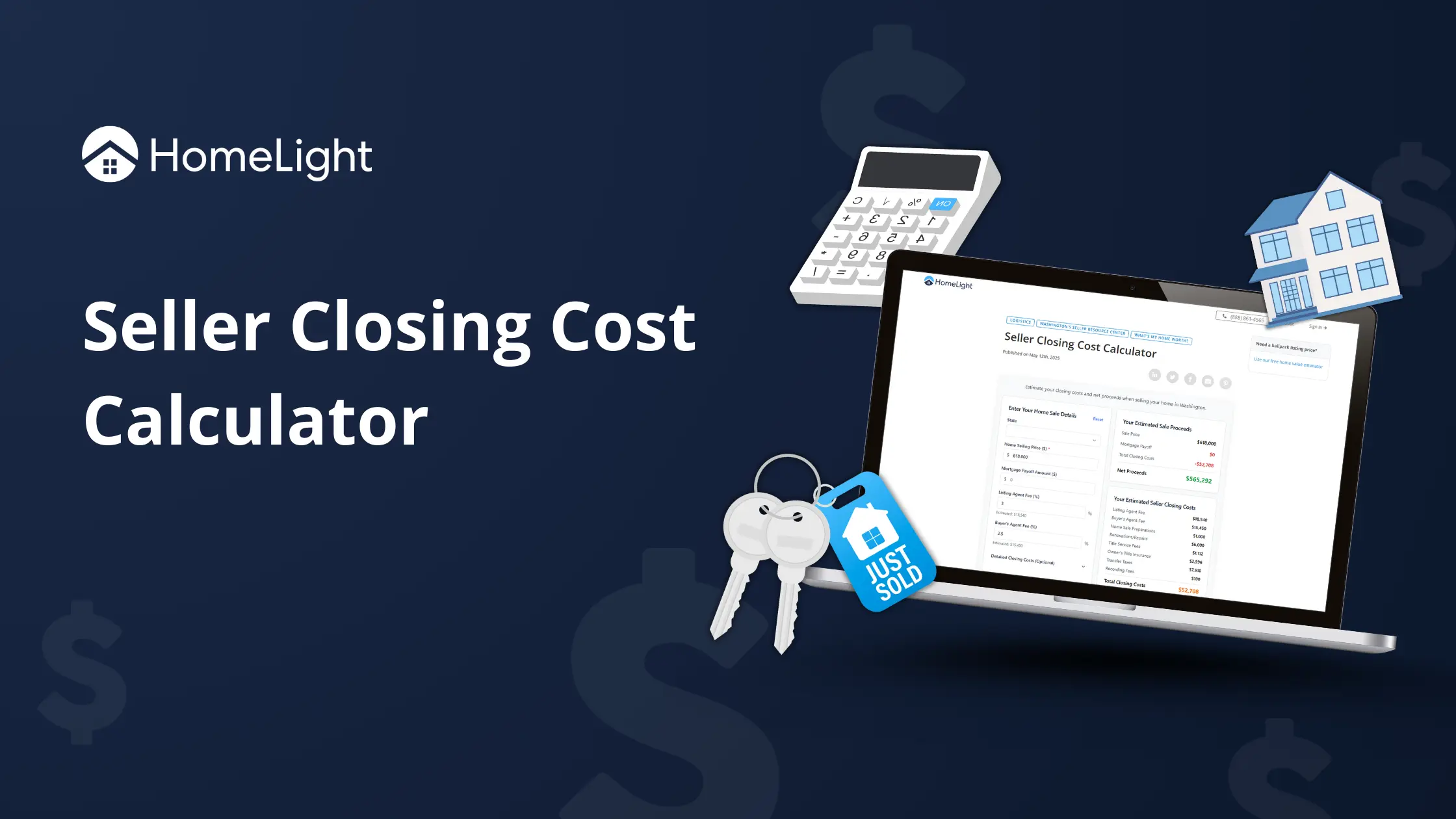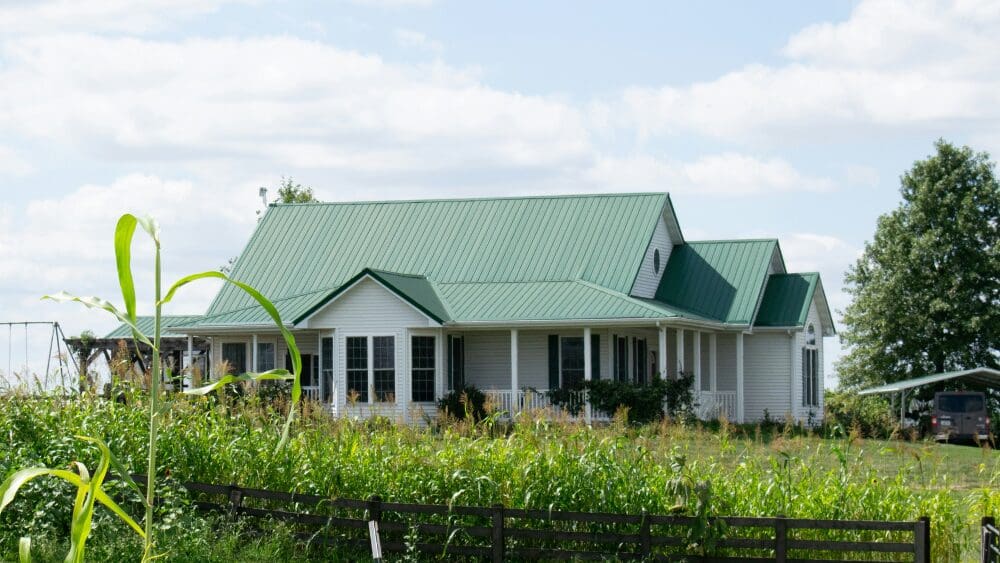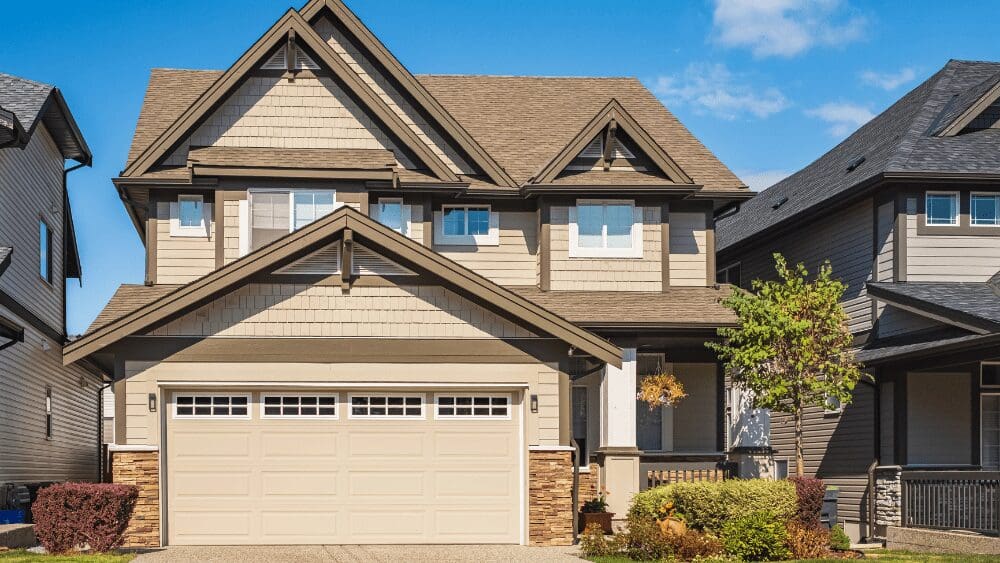
The average cost of building a new house can range between $165,563 and $474,977, and it could save you up to 15% in comparison to buying an existing home — but what do you know about the new construction homebuying process? Have you weighed all the pros and cons of buying new? Are you even sure new construction is right for you? We are going to answer all of those questions and walk you through the new construction homebuying process. By the time you’ve finished reading, you’ll have a better understanding of the ins and outs of buying brand new and whether or not this is something you’d like to pursue. If you’re a novice to the new construction homebuying process, you need to be aware of the pros and cons of this endeavor. You don’t want to get halfway through the process and change your mind for one reason or another. Let’s take a look at the benefits of building your dream home from the ground up. A big perk of buying new construction is that no one has touched a single thing in the house — aside from the contractors, of course. The house is built with modern materials, new appliances and fixtures are installed, and the surfaces are in pristine condition. Because everything is brand new, you’re less likely to be burdened with surprise repairs. Stephen Cooley, a top-selling real estate agent in North Carolina with 31 years of experience, comments, “New homes come with the latest trends, and they are typically maintenance-free for the first 10 years. If there’s a problem in the first year, most builders offer a toll-free number where you get someone that represents the builder to fix the home.” New construction also means the house and everything in it will be more energy-efficient. There will be modern windows installed in the home, better insulation, more efficient heating and cooling, and even appliances that use less electricity and water. People marvel at the craftsmanship and detail of older homes… but remove the sheetrock to inspect the electrical work or crawl under the house to inspect the plumbing, and you’re likely to find some issues. Sadly, the problems you find are going to be pretty costly — at least a couple thousand dollars per repair. Even if there aren’t any significant problems, before you can buy the house, a home inspector will require the sellers to bring the house up to code. Worse yet, you could be purchasing a renovated house with unpermitted work, which can open up a whole other can of worms. New construction eliminates that possibility because builders are required to follow today’s energy and code requirements. When you buy an existing home, you should expect to spend a pretty penny to renovate the kitchen (Home Depot estimates a “minor” remodel averages $20,80, and a “major” remodel averages $62,200). Maybe you want to replace the flooring throughout the house because you wish for mahogany bamboo flooring instead of carpeting and laminate. Any work you do to turn an existing home into your home is going to cost you. New construction allows you to choose the finishes that you want, therefore eliminating the added cost you’d have to pay to renovate. As with everything else in this world, if you want to be sure that you’re hiring someone who is going to their job and do it well, you need to vet the people that you’ll be working with. If you don’t do your research, you could wind up with a newly constructed house that is riddled with problems, code violations, and more, so do research on any builders you interview. As you’re looking through a model home, you have to keep in mind that it’s going to have the best features, fixtures, and appliances the builder has to offer. “Buyers have to remember that the design center is a profit center for the vendors; builders and buyers can get very carried away when visiting the center because they’re adding things to the base price,” explains Cooley. On average, building a home from start to finish will take approximately six months, but some things can hold up production, such as material shortage, bad weather, or issues with the crew. All of these things can stall your move-in date, which is problematic if you’re counting on moving within a particular timeframe. If you’ve weighed the pros and cons and you’ve concluded that buying a brand new home is right for you, here’s what to know about the new construction homebuying process. Although you do have the option of buying new construction without a real estate agent representing you, it’s recommended that you find a buyer’s agent; Cooley explains why: “When you walk in a new construction site, that on-site agent that’s working in that model home, they’re friendly and nice — they do not represent the buyer. They’re representing the builder, and it’s their job to get the builder top dollar and under the best conditions.” When choosing an agent to represent you on your new construction purchase, Cooley recommends asking the prospect: If you aren’t paying cash for the build of your new home, you’re going to need a home construction loan. These loans are different than traditional mortgages because instead of doling out the entire amount of the loan, this loan is a short term loan that will allow for release advances (called “draws”) throughout the construction of the home. Once the building is completed, the loan will either be converted into a traditional mortgage or your construction lender will require you to obtain a separate traditional mortgage. Unfortunately, not all lenders offer this type of loan. Builders generally have a list of recommended lenders and may even entice you to use one of those lenders by reducing the price. However, before signing with any lender, do your research! Make sure they have a good reputation, decent rates, excellent customer service, and that you understand how their construction loan product works from beginning to end. Naturally, you do not want to use the builder who has the cheapest rates because the saying “you get what you pay for” exists for a reason. Yes, builders are required to adhere to local building codes, but there’s more to choosing a builder than that. Research the builder’s reputation with the Better Business Bureau or the state attorney general to see if they have any complaints filed against them. You can do this on other sites like Google My Business, Angie’s List, Yelp, and Facebook. When you’re looking at the builder’s reviews and social media profiles, Cooley suggests buyers pay attention to how the builder communicates with someone who bought their home after closing. A good builder who stands behind their work will reach out to buyers and remedy any problems that may arise. There are two ways you could choose where your home will be built. You could look for a reputable builder with designs that you like and buy a plot of land in one of their developments. You also have the option of purchasing a piece of land in an area you like and look for a reputable builder who could build a house on that plot. If you choose to go with the first option, think about what’s important to you. Is being close to public transportation a top priority? Do you want to be in a neighborhood that has amenities like a community gym, public pool, or a clubhouse? Maybe you have children and want to make sure they’re going to be enrolled in an excellent school system. When you’re riding through a developer’s neighborhood, get out and walk around. Ask the people you meet about the area and their experience with the developer. Don’t forget to ask if the development has an HOA. If so, what’s their experience with the members of the HOA board. Ask them how strict the rules are and about the fees for breaking them — those fees can be expensive and add up quickly! When you’re choosing the style of your home, we recommend planning into the future and choosing a house style that your family can grow into — just don’t go too big! Most builders will have a few different model homes or floor plans you choose from. You’ll be able to select the square footage, how many levels the house has, and the number of bedrooms and bathrooms. After you choose the style of the home, you’ll get to pick out the finishing touches from the builder’s selection of standard options. This means you’ll be able to select the basics, such as paint color, flooring, countertops, cabinetry, light fixtures, appliances, and tiling. Keep in mind that standard options typically mean the cheapest options. For example, paint colors will usually be on a neutral spectrum (shades of white, beige, and gray). Flooring will usually consist of builder-grade carpeting (which is not plush), and light fixtures aren’t going to be anything special. If you aren’t fond of any of the standard options, or if you want to move into a home that shows a little bit of your personality, you can look at the various upgrades your builder offers. However, keep in mind that these upgrades are going to increase the sticker price on your home. So you have to be mindful about what you’re choosing. This is where your buyer’s agent will become helpful. As the buyer tours the design center and comes across an upgrade they like, they should ask the agent if the upgrade is worth the investment and if they’ll see a return when they sell the house. “A lot of items that are in the design center do not offer 100%-return value in a resale. For example, builders might have an extreme high-end cabinet line and rare granite that’s more expensive, but they do not equate to resale based on what the other homes sell for in the neighborhood. If the other homes don’t have these upgrades, you’re probably not going to get that return,” Cooley explains. He also suggests reaching out to vendors directly because you can get these upgrades after closing for much less than what the builder would charge. It’ll be even cheaper if you’re handy and can install the updates yourself! The new construction homebuying process presents buyers with the unique problem of figuring out where they’ll live in between houses. It can take six months for a house to be built, but that isn’t set in stone. If you wait to sell your current home until the last minute, there’s no guarantee it’ll sell by the time your new house is complete. No one wants to be stuck with a double mortgage! If you can sell your house, you’re going to have to find temporary housing and storage for any belongings that you won’t take with you. Your buyer’s agent will be able to advise you when the optimal time would be to put your house on the market to minimize the wait. One would assume that if you’re buying brand new, it’s going to be problem-free, right? Wrong! Even if you hired the best builder in your area with the best reputation, there could still be some issues. That’s why it’s crucial to have a buyer’s agent who’s familiar with new construction homes — because they’ll know a home inspector who understands the process. “Home inspectors go through the home a few times during the building process. They go through once when it’s framed. Then they’ll go through again before the sheetrock goes up. Then they will inspect the home when the builder says it’s finished and help them build a punch list [a list of tasks that need to be completed before the project is officially finished.] Once the builder completes the punch list, they inspect it one more time.” Warranties are a big part of the new construction homebuying process, and it’s important to know which type of warranty you will have. Builders offer one of two types of warranties: A buyer’s agent who is knowledgeable in new construction homes will play an invaluable role during this period because they will be able to answer any questions you may have. As closing day approaches, your buyer’s agent will walk you through the final steps of the new construction homebuying process. This consists of doing a final walkthrough, where the project manager will give you the rundown of all of the systems and features of your brand new house. Then you’re going to have to get a money order or certified check for the final closing costs. This will include loan processing, title fees, recording the deed, insurance, taxes, and HOA fees, if applicable. With your payment in hand, you can go to the closing table and get ready to sign a lot of documents. Once that’s all over, you are officially an owner of a brand-spanking-new home! How cool is that?!New construction homebuying process: Pros and cons of buying new
Pros of new construction
1. Everything is brand-new
2. New construction means the building is built to today’s standards
3. You can personalize the house to suit your tastes
Cons of new construction
1. You have to vet the builders
2. Personalization can get expensive
3. Move-in date isn’t guaranteed
Step-by-step guide to the new construction homebuying process
Step 1: Find a buyer’s agent for new construction
Step 2: Work with a lender who’s familiar with new construction
Step 3: Research prospective builders
Step 4. Research the builder’s developments
Step 5: Choose your new home’s style
Step 6: Choose your standard items
Step 7: Upgrades
Step 8: Figuring out your living situation between homes
Step 9: Have the new home inspected
Step 10: Sign and review the warranty documents
Wrapping up the new construction homebuying process



